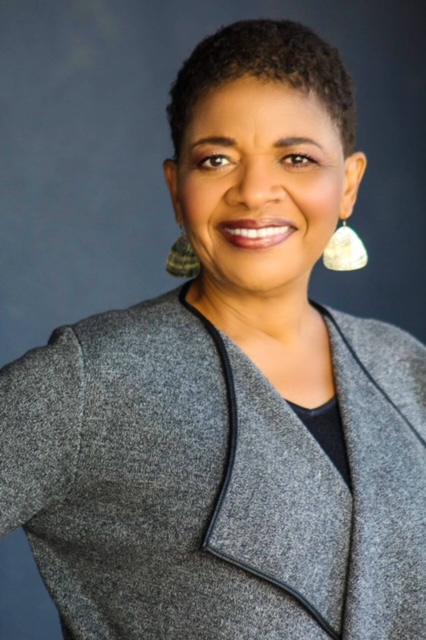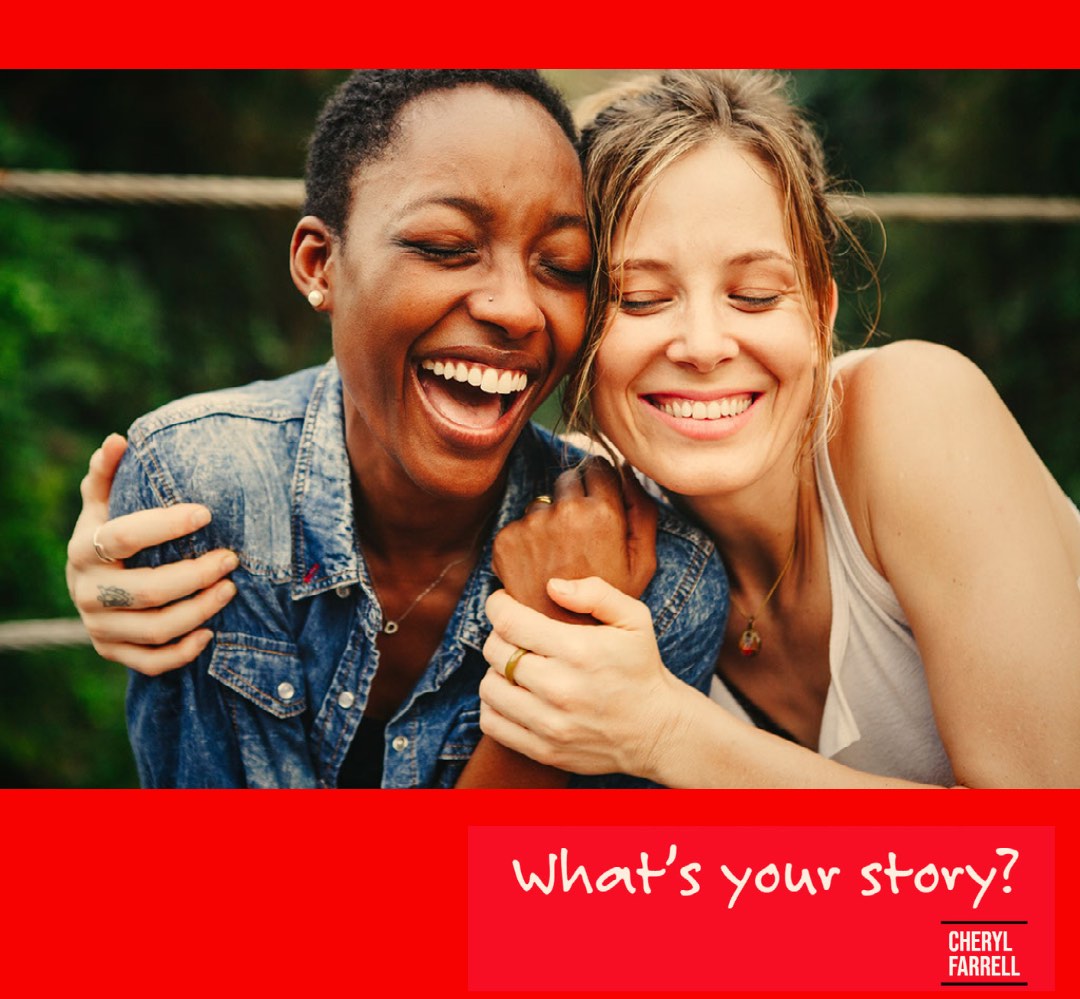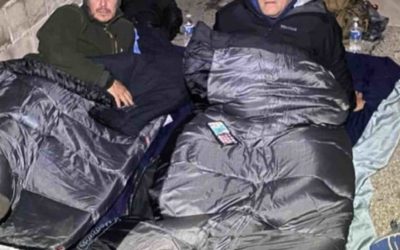Guest contributor Cheryl Farrell writes about the power of sharing our stories to make human connections.
The word “storytelling” evokes images of children’s fairy tales, movie scripts, and even liner notes in financial reports. Back in the day, a young person tattling on a falsehood was heard in the phrase, “Mama, she told a story!”
These days, in-person events, podcasts, and radio programs define storytelling as, “to communicate something personal that inspires others to feel and to think.” This objective comes to life in storytelling programs from The Moth, Public Radio’s Unheard LA, mental health advocate This Is My Brave, and independent story salons.
Storytelling for organizations is an adaptation I use when group members want to better connect with one another. By sharing personal stories, individuals learn they have more in common than just work similarities—beyond wearing the same company logo or sharing office space. Research originated by social psychologist Leon Festinger and later applied to work spaces says that group cohesiveness increases collaboration and productivity. That means, we can get the job done if we feel a kinship with one another. Sharing our personal stories also nourishes relationships.
What’s your story?
How likely are we to answer a text, an email, or a phone call if we know who is calling? That is, really know them. What if you know that Mary grows roses or Fran restores antiques just as you do? What if you know a colleague in a volunteer group cares for an elderly parent while raising young children, just as you do? The “what ifs” are vast when we share stories about our lives.
The primal need to know if someone is a friend or foe may create inaccurate stories about people. Those imagined narratives are based on what we see or perceive. Examples are race, age, gender, physical ability, height, hair length, zip code, having children or not, and similar attributes.
My long-time friend, Lilli Cloud is an executive branding expert. She posted a social media story describing her unexpected bias about the photograph of a young Black woman. Lilli is white. (She granted me permission to share her story.) The title, Why Equal Pay Day Is Not Equal was written March 15. The date symbolizes how far into the year women must work to earn what men earned by the end of the previous year.
Lilli Cloud writes in an excerpt below. [Bold font by editor.]
Ignorance is NOT bliss
As backward as this might sound, equal pay day is not equal … I was scrolling through the staff profiles of an interesting financial services firm the other day when an unspoken comment popped into my head: “She looks pretty casual.” Casual for a headshot at a financial services firm…
There were many women. In fact, most of the financial advisors were women. I had noticed that a number of them looked quite young … By the time I reached the “casual-looking” headshot, I had scrolled through over 50 staff photos and was nearly at the bottom. So what was it about this person who caught my attention?
I paused at the “casual-looking” profile [and wondered] is this Black woman really dressed more casually than others, or is that just my gut reaction? I went back through the profiles …yet, they had not caught my attention in the way the Black woman’s photo had. This is why Black women’s equal pay day is months — four months — later than all women’s equal pay day.
Because even people like me — people who have Black friends, family members and colleagues, people who interact with Black people as intimates, peers and superiors — can still apply different rules to a Black person.
I am one of Lilli Cloud’s Black friends. I am grateful for her candor and friendship. We can all learn more about ourselves when we take the opportunity to tell our stories. Let’s seek positive ways know each other better. And, let’s share the good.

Cheryl Farrell
Cheryl Farrell is a corporate communications consultant and performance storyteller in Southern California. She has decades of experience in healthcare, education, and financial services. Cheryl was an original cast member of the Jeopardy! Clue Crew and toured the world appearing in more than 1,000 video clips. As a public speaker, she often examines how older black women excel at the intersections of race, gender, and age. Cheryl has a master’s degree in Communication Management from USC and a bachelor’s degree in economics from UCLA. She is married and has two adult children.
Photo credit - NiketaCH Photography
Connect With Us on Social Media!
RECENT FAVES
Tips for Hitting the Road with Your Furry Friends
Part 1 of Kathlene McGovern’s 2 part series on the best and safest ways to travel with your furry friends!
I’m Just Curious
Dove Rose give us ideas on how to stay curious! Keep it Fresh in the Kitchen, on the Drive and in your Life. New ideas to keep our mind alive!
Living Unhoused for a Week: Ken Craft Takes to the Streets
Ken Craft of Hope of the Valley lives unhoused on the streets of the San Fernando Valley for 100 hours and shares the challenges, insights and struggles he faced on this journey.




